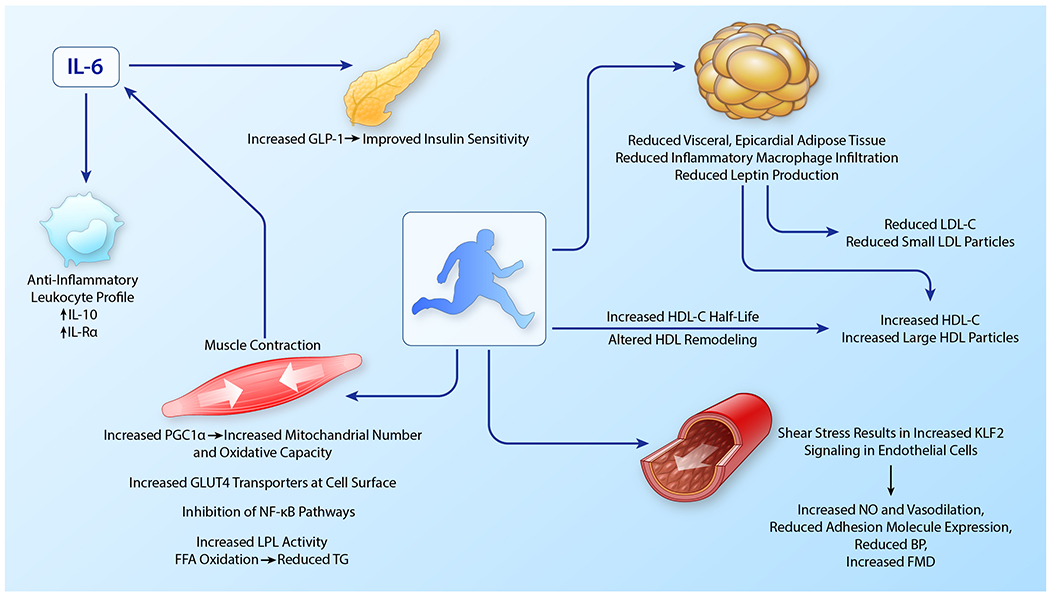Figure 2. Weight loss-independent effects of exercise on cardiovascular disease risk in obesity.

Exercise improves multiple aspects of metabolic risk in obesity. Many of these happen at the level of the skeletal muscle and are mediated with skeletal muscle contraction which increases GLUT4 transporters at the cell surface, PGC1α expression, LPL activity, and induces IL-6 release. IL-6 increases circulating GLP-1 and has anti-inflammatory effects. Increased shear stress in the vasculature with exercise improves endothelial function and reduces blood pressure. Exercise is associated with reductions in visceral and epicardial adipose and adipose inflammation independent of weight loss. Loss of adipose tissue and reduced adipose inflammation contributes to a less atherogenic lipid profile characterized by increased HDL-C and larger HDL particles and reduced LDL-C and small LDL particles. Exercise-mediated changes in the activity of enzymes necessarily for HDL metabolism also play roles in increasing HDL size and HDL-C half-life in the circulation. (Illustration credit: Ben Smith)
